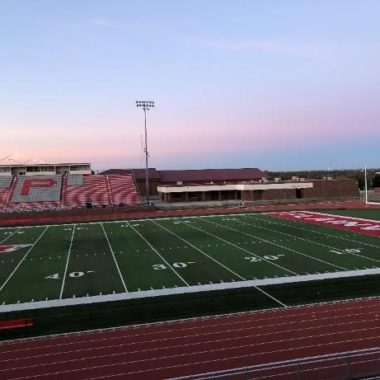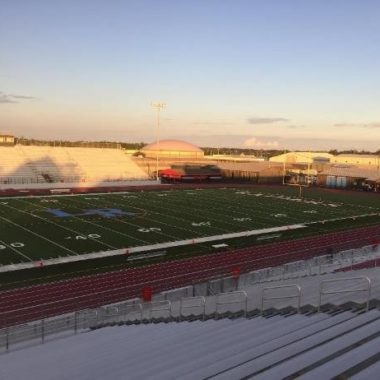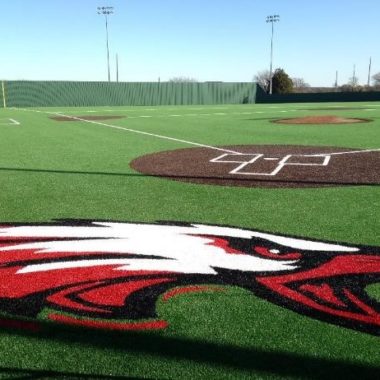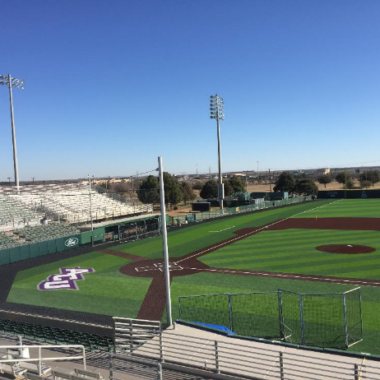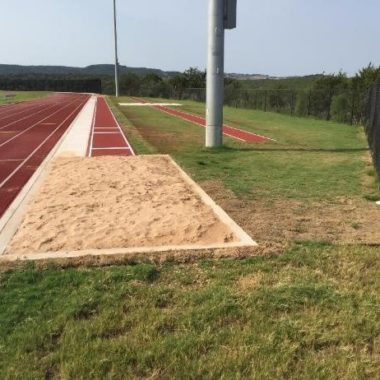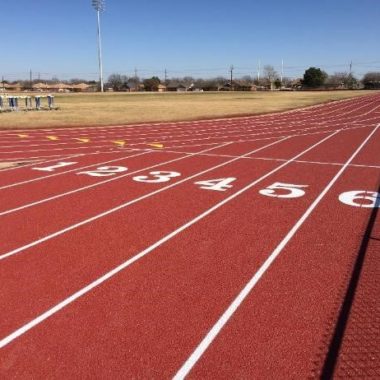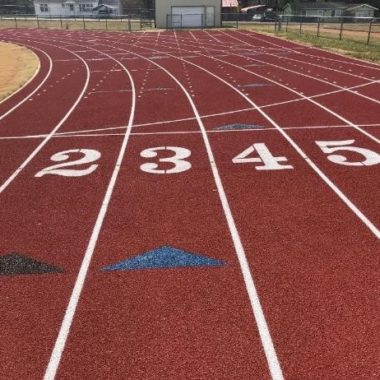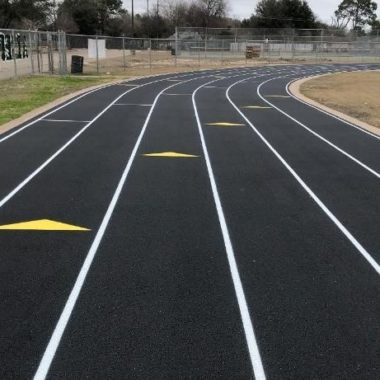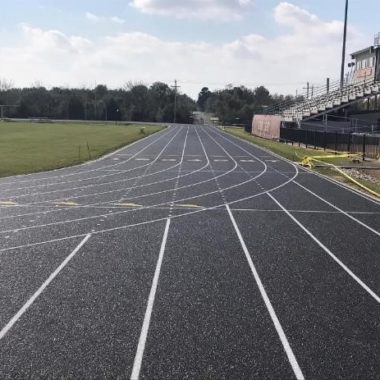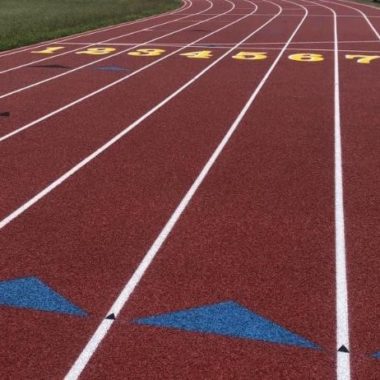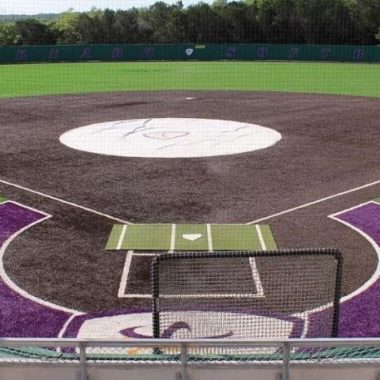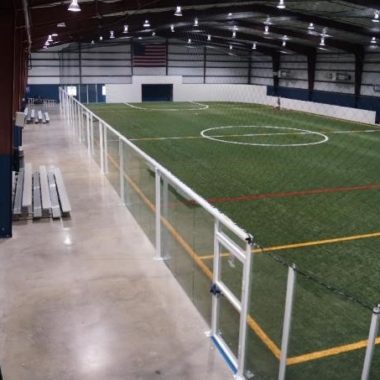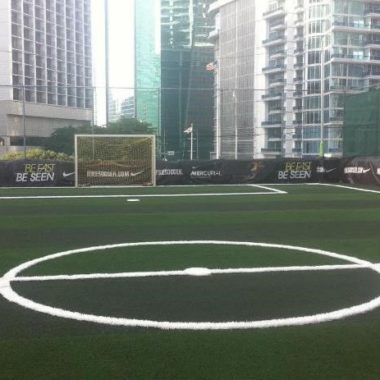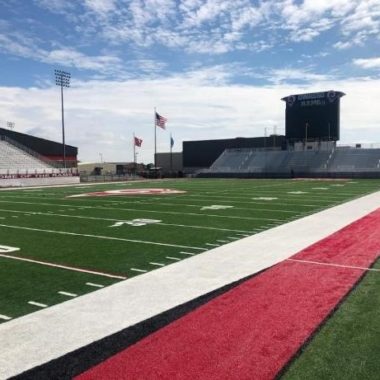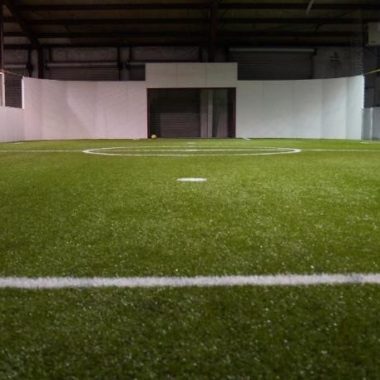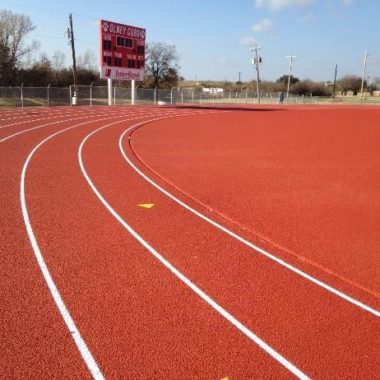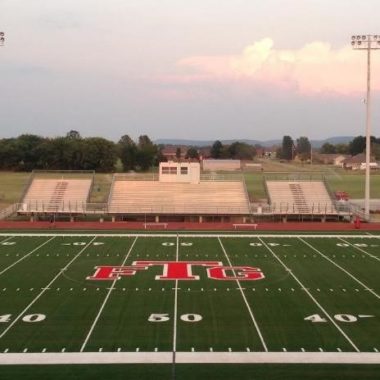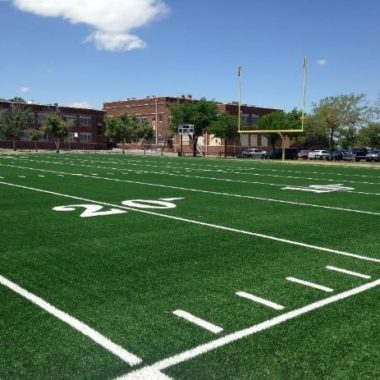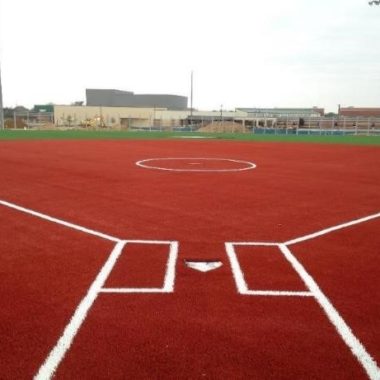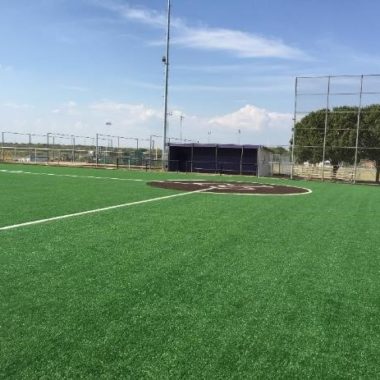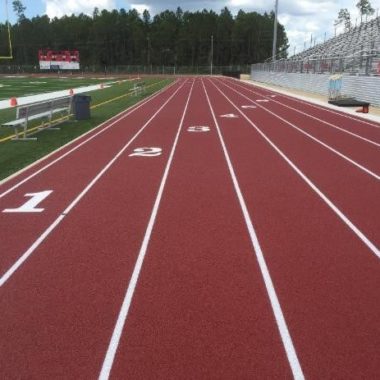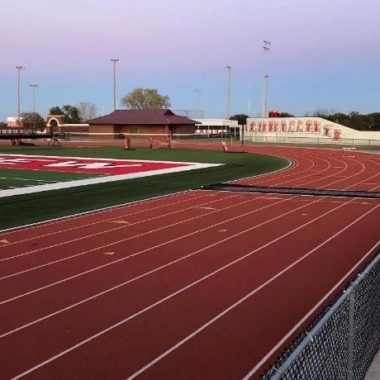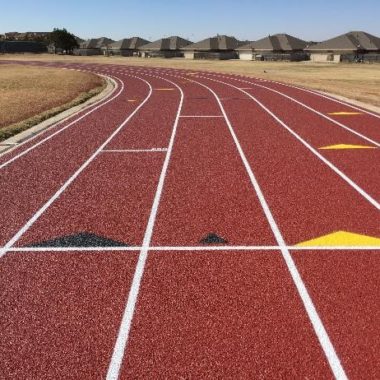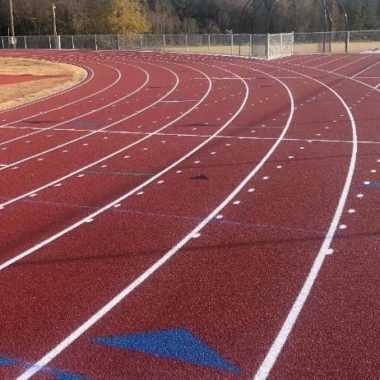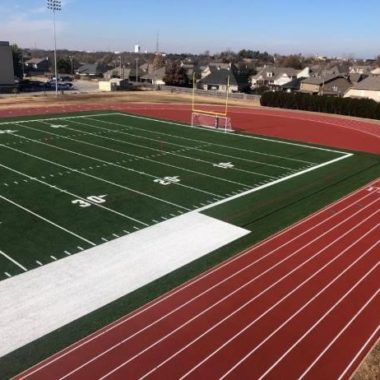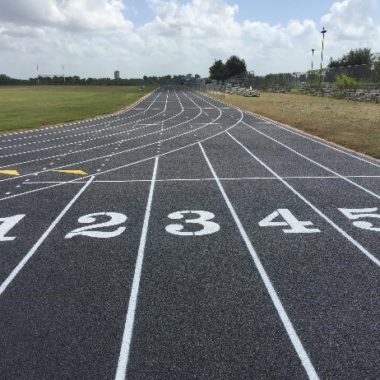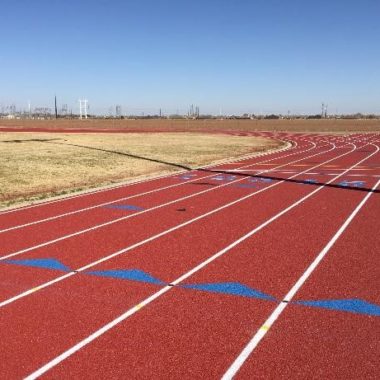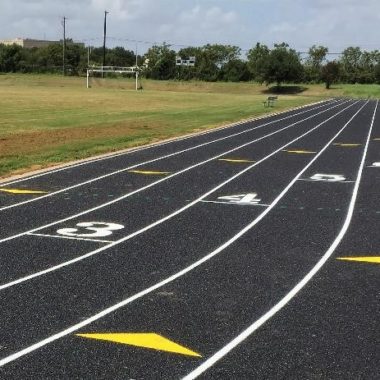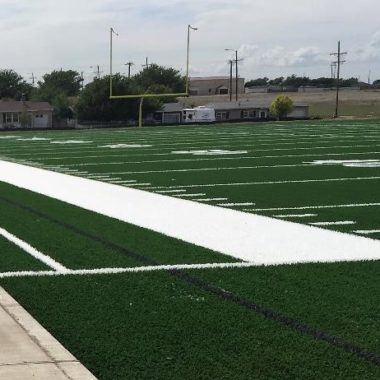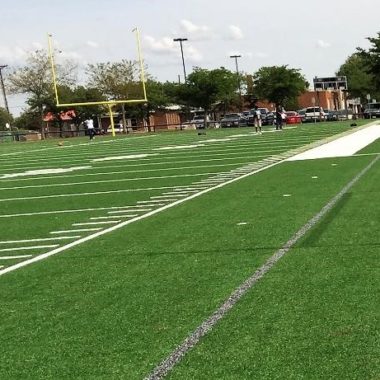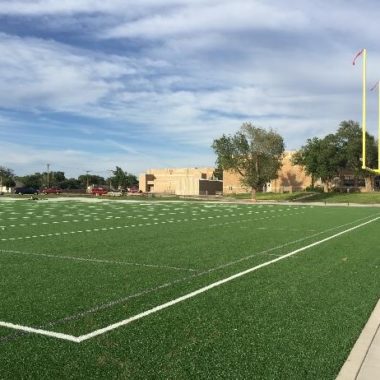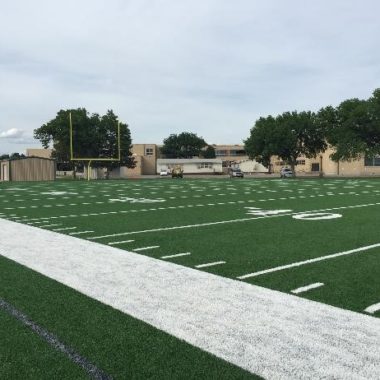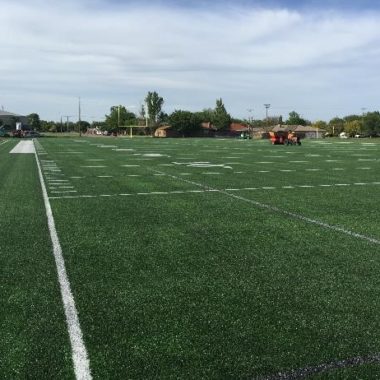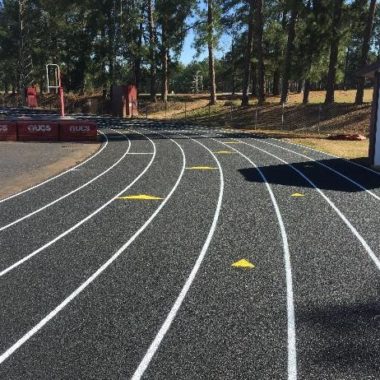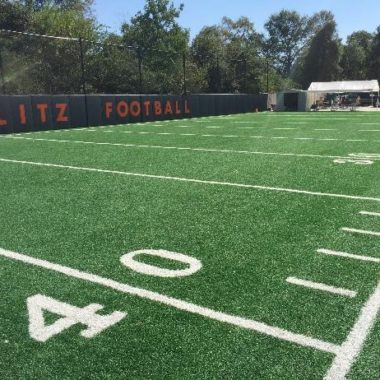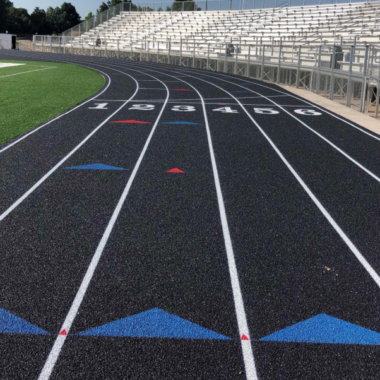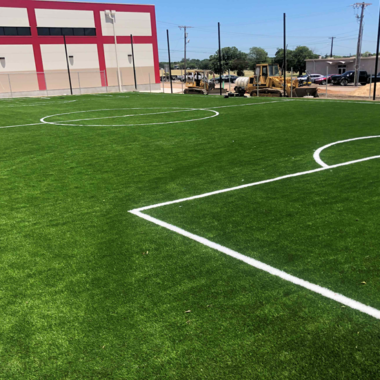What Goes into a Baseball Field Layout?
So, you’re getting ready to install a new baseball field and you want to make sure you don’t make any crucial mistakes along the way. More specifically, you want to make sure you create the best baseball field layout that is both easy to maintain and beloved by players.
Well, a lot goes into making the field of your dreams a reality. But if you know what to do, and what not to do, you can have a field that’s ready for playing ball in no time!
So what are the best playing surfaces for baseball fields? And what are the basic measurements that you need to know when creating a baseball field layout? If you’re asking yourself these kinds of questions, wonder no longer, because we’re here to help!
In this article, we’ll give you a few basic tips and pointers that you can use to make the best baseball field imaginable!
Now then, let’s get started!
Find a Flat and Open Area
Before you start putting down any chalk lines or installing any bases, you first need to make sure that the area you’ve chosen is right for the job. It goes without saying, but you’re going to need a lot of open space in order to have enough space for your baseball field.
Not only do you need a lot of space, but you also need it to be flat and smooth. So if you have a space in mind, but it’s a little bumpy, make sure to have it leveled out before you go any further.
Don’t Forget About the Sun
Believe it or not, the sun is going to play a huge role in the way you design your field, specifically what direction everything faces. So having a solid grasp on your area, and how to layout a baseball field for the sun, is a key part of making a field that is easy to play on.
The overall goal is to create a layout that keeps the sun out of the batters’ and fielders’ eyes. Southwest to the northeast, with the home plate on the southwestern end, usually fields the best results.
Decide on a Field Surface
Once you have your space secured, and the orientation of the field figured out, it’s time to decide on a field surface. There is a multitude of surfaces available to choose from, and depending on your region, some are better than others.
A pro tip? Artificial turf is a great choice, regardless of where you live, and should be high on your list. Artificial turf, combined with a proper drainage system, can even prevent you from missing games due to weather-related damage, too. It’s also much cheaper and easier to maintain than natural surfaces, which of course, is a huge bonus.
Determine The Field Measurements
When it comes to laying out a baseball field, the field measurements are both the most important and most difficult part of the job. To make things worse, the field measurements vary depending on the league, so be sure to reach out to your league officials before laying things out.
A few basic things you will need include stakes to mark various locations on the field, and a 200-foot tape measure. Also, it’s more than a one-person job, so be prepared to recruit a team to get the job done.
Gather Your Materials
As we just touched on, there are a few basic tools that you will need to create a baseball field. Stakes and a 200-foot tape measure are a great place to start, but it’s a much bigger job than that.
You will also need a few shovels, rakes, bases, and chalk. And again, it’s important to note that asking one person to create a field, especially from scratch, isn’t very realistic.
Don’t Forget About Fan Safety
Last but not least, when constructing your baseball field, it’s important to keep the spectators in mind. Fan injuries related to foul balls are a serious problem in baseball, and if you don’t take the proper precautions, your field can be a danger to the fans who come to watch the games.
Proper fencing and netting is a great way to keep all spectators safe while watching games. A good rule of thumb is to install netting behind the batter’s area and down the baselines, and is even a requirement for most leagues.
How to Create a Baseball Field Layout
Well, there you have it! Those are a few basic tips and tricks that you should keep in mind when constructing your baseball field layout.
As you can see, it’s not a simple process and there is a lot of room for error. Once you have your space, determining where to place home plate, based on the location of the sun, takes a bit of research.
When you’re mapping out the field dimensions, you’ll need to contact your league administrators to make sure you know the field regulations that they require. Once you know those dimensions, you can map out your field using a tape measure and stakes to mark the locations of your bases.
Field surfaces are important, and while there are a lot of choices to choose from, field turf is without a doubt the best option available. It’s easy to maintain, doesn’t get affected by weather as drastically as natural surfaces, and looks good, too.
Interested in getting a surface installed for your baseball field? Contact us today, we’ll be glad to assist you!






